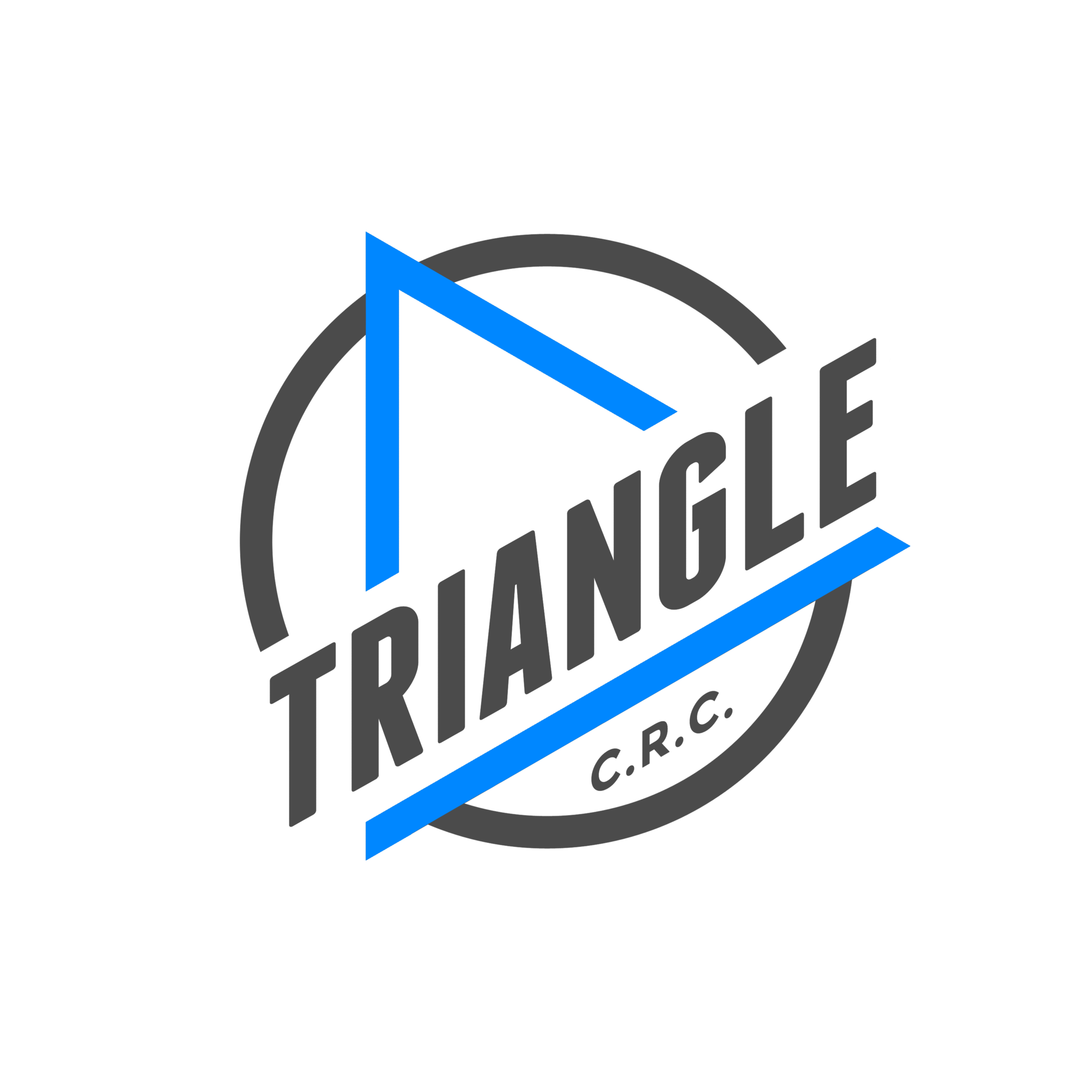Jaw Pain
Manual therapy for TMJ pain
People often refer to their temporomandibular joint dysfunction as "TMJ". That's a misnomer. If you say, "I have TMJ," that's the equivalent of saying, "I have knee." Your temporomandibular joint is named - like many of the other joints in your body - quite creatively after the two bones that comprise the joint.
Although there are only two bones making up this joint, it can get quite complex. But dealing with jaw pain can actually be quite simple.
If you're reading this it's either because you have jaw pain or you enjoy my writing style. I'm going to assume the former and proceed from this point as though you are currently suffering from some nagging jaw pain or popping sound everytime you chew. Why does that happen? What's causing it?
While your jaw pain could be coming from your TMJ, it's more than likely coming from the muscles and tissues surrounding the joint rather than the joint itself. One of the biggest contributors to jaw pain? CLENCHING.
Maybe you know you're a clencher, or maybe you're in denial. Notice I didn't really leave an option there that you're not a clencher. If you have jaw pain, you're almost certainly a clencher. Do you chew gum? If yes, that's clenching on a regular basis. Give up the gum. (Try mints. Altoids are great.)
Now you need to find a new place to rest your mandible rather than by grinding it against your maxilla (your upper jaw bone). First of all, get into a neutral posture. You can find out info about that in one of my previous blogs here.
The TMJ is very closely intertwined with the cervical spine, so neutral posture is key in maintaining TMJ function. According to Karel Lewitt, one of the world's leading manual therapists, about half of cervical spine cases will have temporomandibular joint dysfunction.
Now place your tongue on the roof of your mouth as if you were about to say the word "no". Keep your teeth apart, but close your lips. This will keep you breathing through your nose and will prevent you from being able to clench your jaw.
The last thing you need to do is strengthen the muscles that keep your jaw from jutting forward (which stresses the TM joint a lot and is not how your jaw was intended to function). Do this by keeping your tongue on the roof of your mouth and slowly opening your mouth. This will strengthen the digastric muscle, which guides the mandible to open properly.
You'll probably notice that your jaw doesn't "click" when you open your mouth this way. This is the correct way to open your mouth, so if you open your mouth and hear a clicking noise, reposition yourself and try opening it the right way.
Now that you've found the right way to open your mouth and the best place to rest it when you're not chatting or chewing, you could still benefit from some manual therapy. Soft tissue treatments for the orofacial musculature (muscles in your mouth and face) are incredibly therapeutic and beneficial in eliminating any remnant trigger points or tight musculature.
Dr. Lindsay Mumma is a chiropractor at Triangle Chiropractic and Rehabilitation Center in Raleigh, NC. Her clinic focuses on offering multiple manual therapy options for pain management and functional improvement. For more information, please visit www.triangleCRC.com .
Functional Rehabilitation: Orofacial Rehabilitation. Course Notes. Brett Winchester, DC. National University of Health Sciences. 2011.

